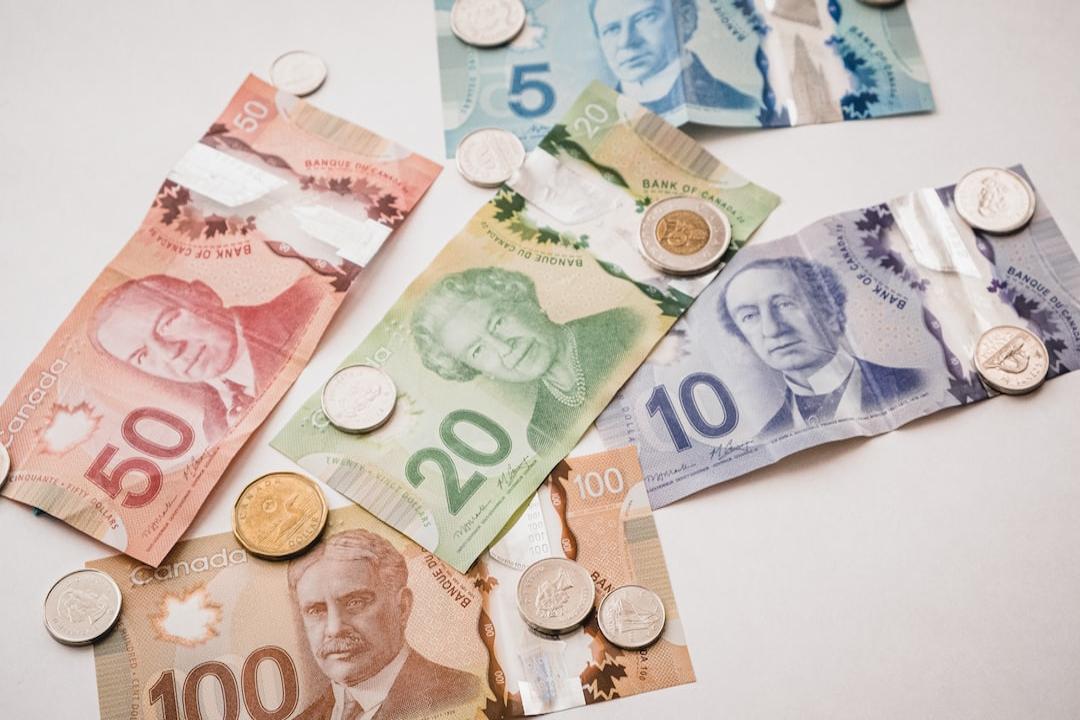The interplay between art and technology has become increasingly significant in the modern era, shaping the creation, experience, and preservation of art. Artists and creators now utilize digital tools and artificial intelligence (AI) to express their visions in unique digital art forms. This digital evolution expands the range of artistic expression while emphasizing the irreplaceable value of traditional artists who infuse art with their personal style and emotion.
As we embrace the digital age, there is a growing recognition of the importance of integrating traditional artistry with digital mediums. This integration provides a contemporary platform for timeless expressions and ensures the survival of conventional art forms by preserving their essence in a digital archive for future generations.
Technology has played a pivotal role in transforming the preservation of art by shifting from physical safeguards to digital fortification. Traditionally vulnerable to deterioration, physical art forms such as paintings and manuscripts now find protection through digitization, high-resolution imaging, and virtual reality. These advancements enable the capture and replication of artworks in digital formats, safeguarding them against physical degradation and democratizing access to artistic treasures.
Nonfungible tokens (NFTs) and digital collectibles are significant in the art scene as they offer potent tools for preserving artistic expressions. By tokenizing artworks on the blockchain, NFTs ensure that digital creations are securely preserved in an immutable ledger and retain their uniqueness over time. NFTs facilitate a broader archival process, enabling the preservation of digital art and multimedia experiences that define contemporary culture. They complement technological efforts in preserving art while redefining the scope of what can be preserved, ensuring the accessibility of today’s digital art.
Fragility in art refers to works that are at risk of disappearance, often arising from conflict areas or representing vulnerable art forms like graffiti murals. Platforms like CityX aim to preserve art from conflict zones by incorporating it into the blockchain through NFTs. These tokens serve as digital twins of the original artworks, capturing their essence and history in an immutable format accessible worldwide. By combining physical art with digital innovations, NFTs help preserve fragile art that is susceptible to physical decay or loss.
CityX has demonstrated the power of NFTs in preserving physical counterparts through their Drops. In their first Drop, curated during the war in Ukraine, CityX digitized artworks from the Municipal and Vovatanya Galleries and transformed them into NFTs. The second Drop, titled “Ulive,” showcases artworks by Ukrainian artists that encapsulate the emotions and experiences stemming from the conflict. Each NFT in the collection is integrated with unique musical scores and narrative snippets, deepening the emotional impact of the artwork.
NFT projects like CityX contribute to the future of art by envisioning galleries without physical boundaries. They champion art as an immersive, limitless experience, where viewers actively engage with and contribute to the artwork. By democratizing art access and making it available and interactive for a global audience, NFTs pave the way for a transformative future in the art world. This approach ensures that art is universally accessible, participatory, and continuously enhanced by digital innovation, creating a dynamic and technologically enriched art ecosystem.

